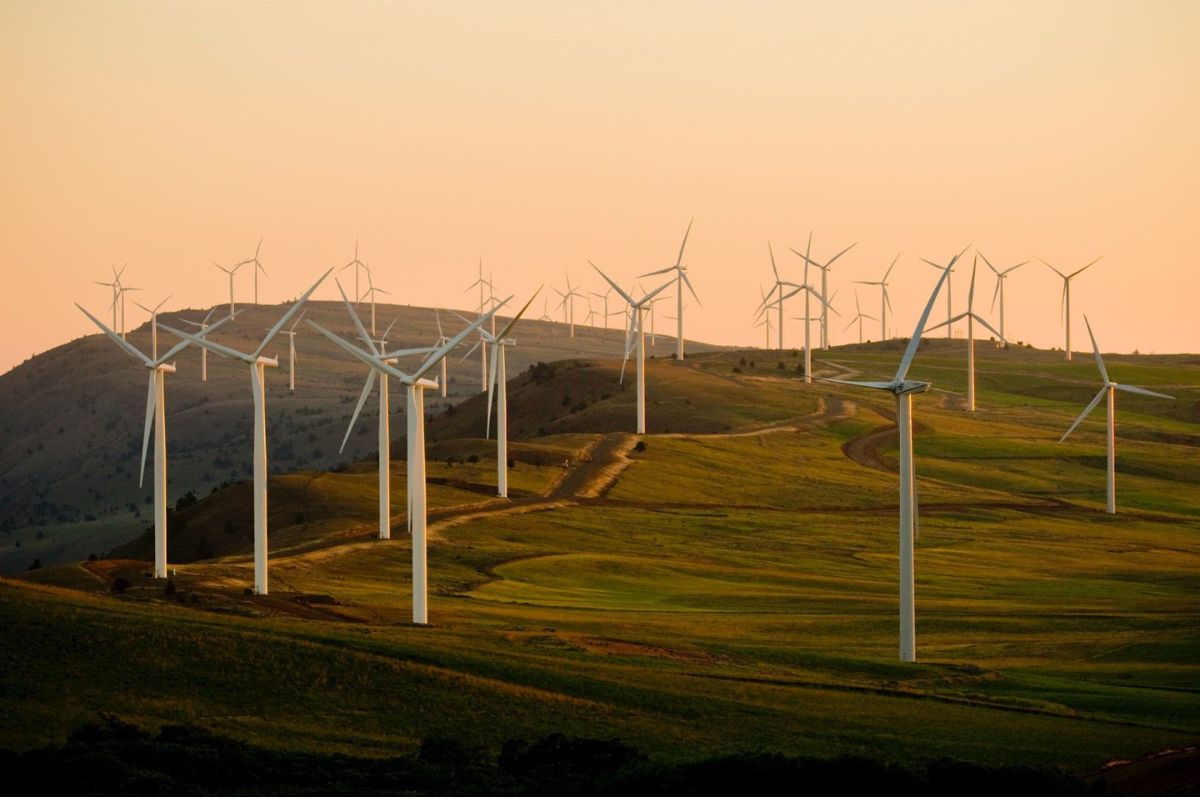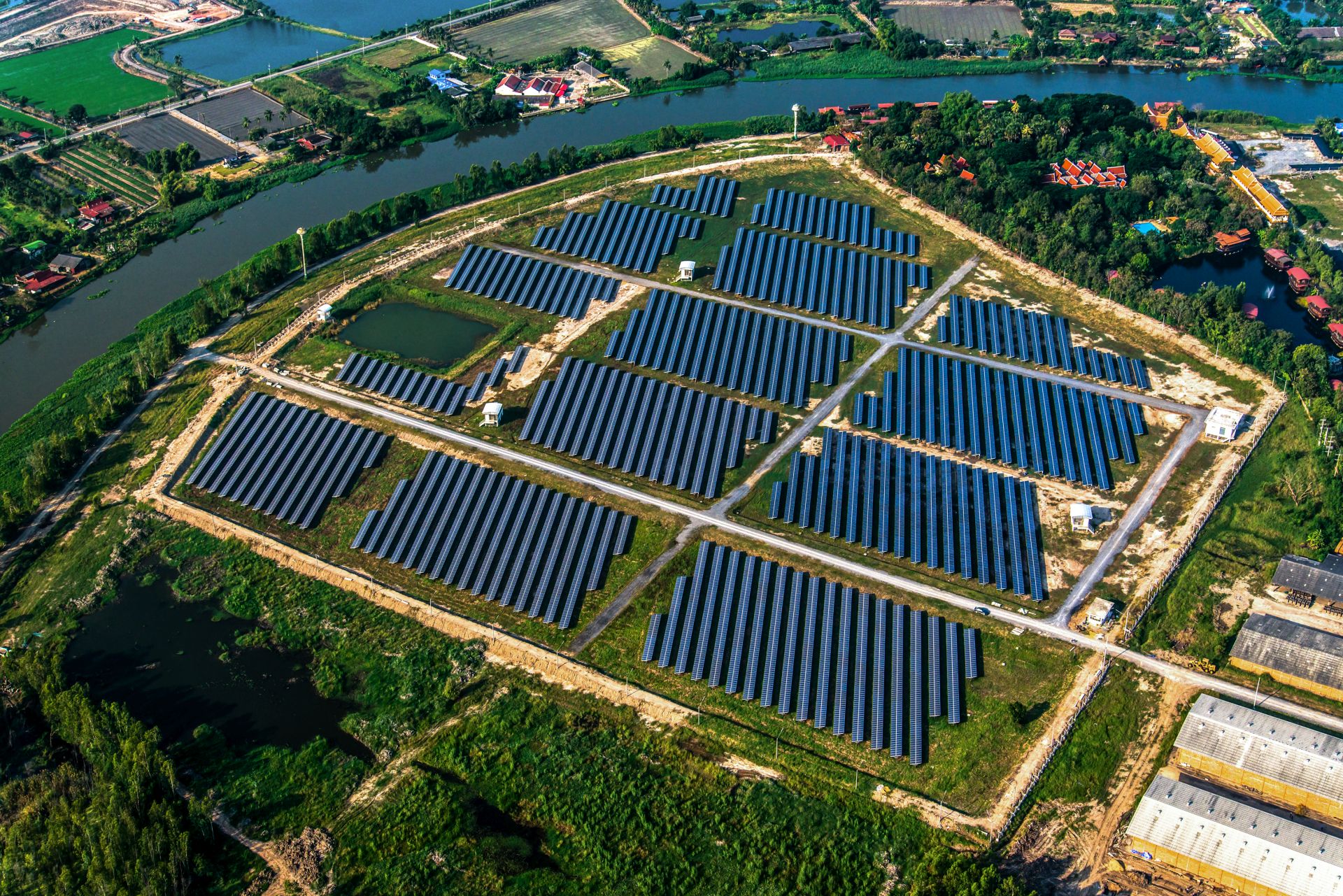Photovoltaics, a source of clean and renewable energy, is an increasingly growing trend throughout the world. Spain, with 2,585 hours of sunshine per year, seems to be a perfect example of a great opportunity to bet on energy savings, efficiency and sustainability with the installation of solar panels for households and businesses.
Moreover, according to various research, the buildings in Spain as well as houses are already prepared for solar system installations, since 85% of Spanish homes could be self-sufficient thanks to solar panels and cover almost 100% of the country’s electricity demand.
Even today, we continue to find articles as well as people spreading false myths about this source of energy, so today we want to debunk the most common of those. This will help you understand the profitability of these facilities better.
Let’s start!
1. Solar panel installation is very expensive and not profitable
Yes, it is true that a photovoltaic installation may involve a high cost, depending on the electrical needs that we seek to cover, which will determine the most suitable system power. It is important to understand that the investment cost would not be small, but keeping in mind that solar panels will help us to reduce our monthly bills between 50% and 80%, during the 25 year period, it seems profitable.
Currently, the amortization of such investment is becoming shorter and shorter, so that in a few years time all the electricity produced by the panels and consumed by us will be totally free.
In addition, we cannot forget the grants and subsidies that are available today. Those incentives help us to reduce a large percentage of the initial investment. If you are interested, don’t miss our article dedicated to grants on our website!
2. Solar panels work only when the sun is shining and when the weather is hot
To make it clear, solar photovoltaic systems have their maximum performance on sunny days. Anyway, it does not mean that on cloudy days the panels are not working: the electricity production would be reduced but Spain, Brazil, Chile, Portugal and many more countries are the areas with the highest number of hours of sunshine per year, Spain has about 2,585 hours, so we can get enough solar radiation and save in the electricity bills.
As for the heat, high temperatures are not the best for solar photovoltaic systems. Photovoltaic panels do not produce energy by heat but by solar radiation, so what counts here is the number of hours of sunlight per day.
What about nights? Although the installation does not produce energy at night, we can take advantage of the surplus electricity investing in batteries or energy storage systems.
3. There are many taxes on solar energy
This statement is completely false! Since 2019, with the new regulations on solar self-consumption, the well-known (and hated) Impuesto al Sol – Sun Tax was eliminated; in addition, the possibility of new taxes of this style has been expressly limited to encourage the use of renewable energy sources.
The right of citizens, local authorities, small and medium-sized companies and cooperatives to produce, consume, store and sell their own renewable energy has also been established, without the taxes, achieving a more secure situation for all users.
4. Solar systems need a lot of expensive maintenance
It is logical to worry about taking care of such an expensive product. We seek to extend its life as much as possible but in the case of solar panels, maintenance is very simple and does not involve much effort or money.
As there are no moving parts, photovoltaic installations hardly cause problems. The only things to worry about are keeping the panels clean and avoiding scratching them. To put your mind at ease, we will tell you how to take care of your photovoltaic installation in one of the next articles. Don’t miss it!
5. I don’t need it because I already have a thermal panel
All solar systems seem the same to us, but we should keep in mind that there are different types of panels. One of those are the solar thermal collectors that provide hot water and heating, and others (the ones that interest us in this article) are the solar photovoltaic panels that produce electricity.
Thanks to the second type you will be able to produce and consume your own energy for all the electrical appliances in your home, while with a thermal collectors you will not obtain electricity.
LRP Energy offers you all the advice
We hope we have solved some of your doubts about photovoltaic energy. LRP Energy specialists can advise you for free. Contact us even today!









